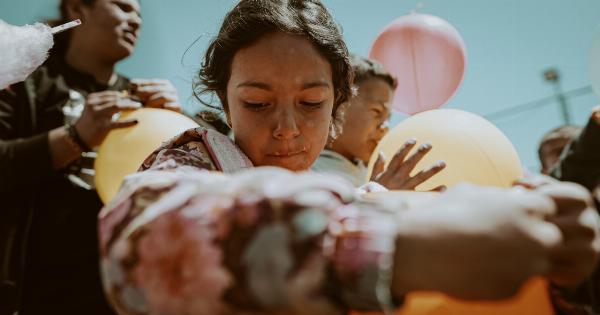Orthostatic hypotension, also known as postural hypotension, is a condition in which a person’s blood pressure drops significantly when they stand up from a seated or lying position.
This sudden drop in blood pressure can cause dizziness, lightheadedness, and even fainting. Orthostatic hypotension can be a result of various underlying causes, ranging from medication side effects to neurological disorders. This article aims to provide a comprehensive diagram of the causes of orthostatic hypotension.
1. Medications
One of the most common causes of orthostatic hypotension is the use of certain medications. Several classes of drugs can affect blood pressure regulation and contribute to a drop in blood pressure upon standing. Some examples include:.
- Alpha blockers
- Beta blockers
- Diuretics
- Vasodilators
- Tricyclic antidepressants
2. Dehydration
Dehydration occurs when the body loses more fluid than it takes in, leading to a decrease in blood volume. When blood volume decreases, the heart has to work harder to pump blood, which can result in a drop in blood pressure upon standing.
Dehydration can be caused by various factors such as excessive sweating, vomiting, diarrhea, or inadequate fluid intake.
3. Aging
As we age, our bodies undergo various physiological changes that can contribute to orthostatic hypotension. The autonomic nervous system, responsible for regulating blood pressure, may become less responsive with age.
This can make it more difficult for the body to adjust blood pressure quickly, leading to a drop when transitioning from a seated or lying position to standing.
4. Neurological Conditions
Certain neurological conditions can disrupt the normal functioning of the autonomic nervous system, increasing the risk of orthostatic hypotension.
Conditions such as Parkinson’s disease, multiple system atrophy, and diabetic neuropathy can affect the nerves responsible for blood pressure regulation.
5. Heart Conditions
Various heart conditions can contribute to orthostatic hypotension. These conditions may impair the heart’s ability to pump blood effectively, leading to a drop in blood pressure upon standing.
Some examples include heart failure, heart valve disorders, and irregular heart rhythms.
6. Blood Disorders
Certain blood disorders can cause orthostatic hypotension by affecting the balance of fluid and electrolytes in the body.
Conditions such as anemia, in which there is a decrease in red blood cells, can result in reduced oxygen delivery to tissues and a drop in blood pressure.
7. Prolonged Bed Rest
Individuals who are confined to bed for extended periods may experience orthostatic hypotension when they eventually stand up.
Prolonged bed rest can lead to a decrease in muscle strength and tone, which are important in maintaining blood pressure stability.
8. Genetic Factors
There may be a genetic component to orthostatic hypotension. Some individuals may inherit certain genes that predispose them to this condition. Research is ongoing to identify specific genetic factors that contribute to orthostatic hypotension.
9. Diabetes
Diabetes can affect the autonomic nervous system, which plays a crucial role in blood pressure regulation. Individuals with diabetes may be more prone to orthostatic hypotension due to nerve damage associated with the disease.
10. Other Causes
There are several other potential causes of orthostatic hypotension that are less common but still significant. These include adrenal insufficiency, certain infections, and the use of recreational drugs.
Conclusion
Orthostatic hypotension can be caused by various factors, as outlined in this diagram.
It is essential for healthcare professionals to identify the underlying cause of a patient’s orthostatic hypotension in order to implement appropriate treatment strategies. By effectively managing the causes, the symptoms of orthostatic hypotension can be minimized, improving the overall quality of life for those affected.






























